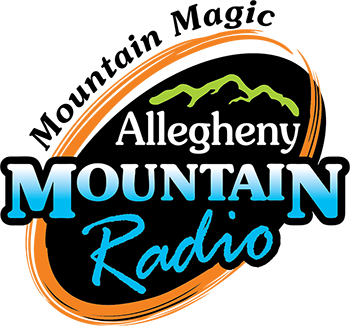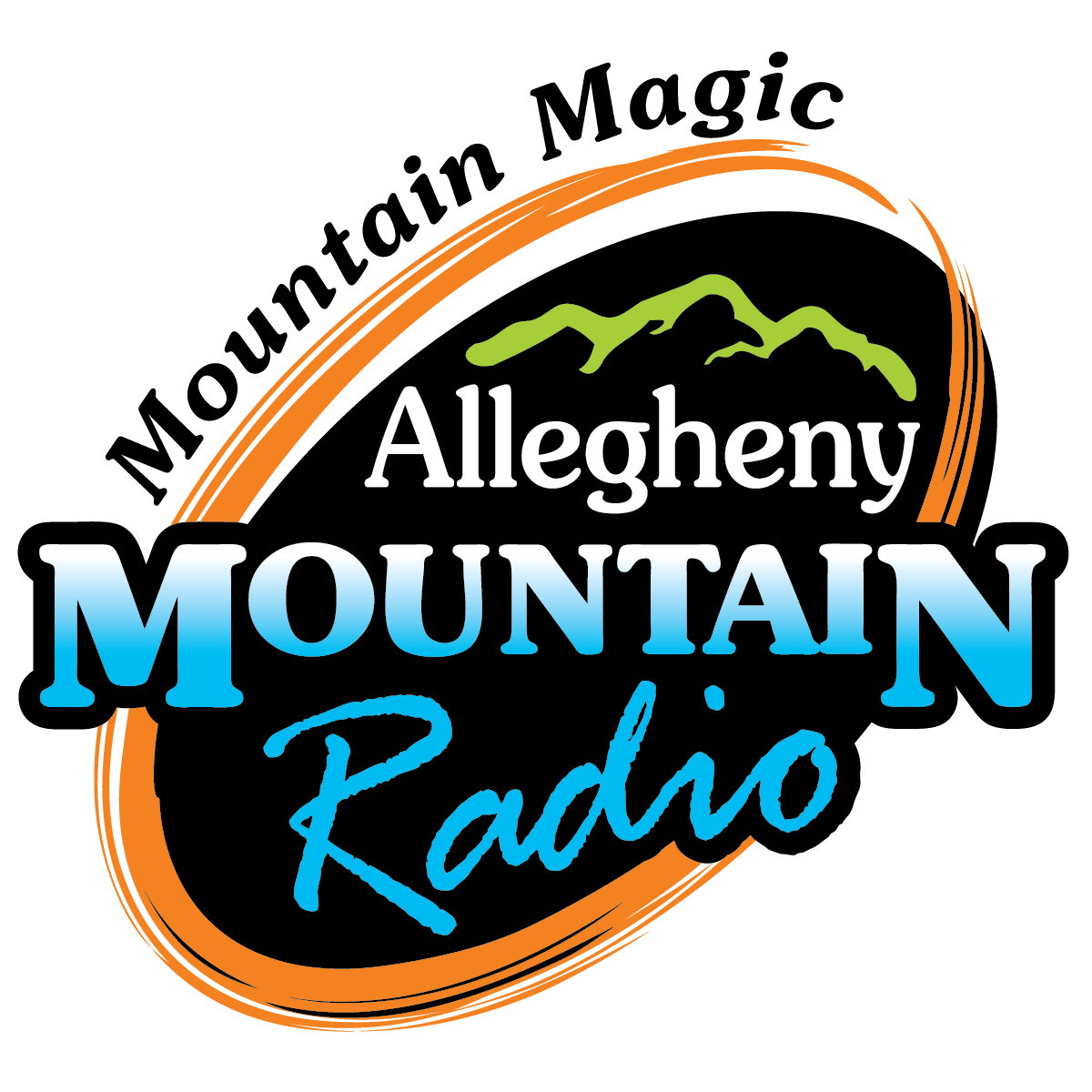US Forest Service may allow oil and natural gas drilling on the George Washington National Forest
The Forest Service is revising the management plan for the George Washington National Forest. As part of the new plan the Forest Service is considering making the forest available for oil and natural gas drilling. Currently there are no natural gas wells on the George Washington National Forest.
Sarah Francisco is an attorney at the Southern Environmental Law Center, a law firm that’s also an environmental conservation organization.
“It really isn’t part of the local economy now,” says Francisco. “And I think that’s one reason why we’ve heard so many concerns from local citizens and local governments about the idea of opening up the George Washington National Forest to gas development. Because it’s such a special forest and opening the door to industrial scale gas drilling and fracking would really have negative impacts on all of the existing uses of the forest.”
Fracking is a shorthand term for hydraulic fracturing, which is part of the natural gas drilling process. In hydraulic fracturing, millions of gallons of water mixed with chemicals are injected at high pressure into natural gas wells to break rock in order to release natural gas. The term fracking is also used when talking about the whole process of industrial gas drilling, including impacts on the land.
“With this type of gas drilling there are the construction of those gas well pads themselves, access roads to accommodate hundreds of trucks coming into the well pads with drilling equipment and tanker truck after tanker truck hauling water in,” says Francisco. “Millions of gallons of water often is trucked in for the fracking process. Then the construction of pipelines and other gas related facilities, like compressor stations. Introducing gas development like this tends to industrialize whole regions and can really have a big impact on neighboring farms, forests, towns and communities.”
Natural gas drilling is taking place in a region called the Marcellus Shale. A little bit of the Marcellus Shale comes into the western edge of Virginia and underlies much of the George Washington National Forest.
“Shale gas drilling and hydrofracking uses a tremendous amount of water,” says Francisco. “And not only does it consume a lot of water, but it generates millions of gallons of contaminated wastewater. Including contaminated with chemicals that we know are toxic chemicals. We know by looking at other states where fracking is going on that there have been incidents where fracking fluid has been spilled or has leaked and has contaminated rivers and streams. We also know that there have been problems with drinking water wells where natural gas has leaked out of gas wells and gotten into drinking water wells.”
Francisco suggests writing to the Forest Service to make your opinion known about the decision being considered on fracking.
You can learn more at www.protectthegw.org
The Bath County Board of Supervisors has already submitted it’s opposition to any decision allowing fracking on the forest. And the Highland County Board of Supervisors will consider a response to the Forest Service at it’s meeting on Tuesday night, June 3rd.
The Forest Service is expected to make a decision on the forest plan revision sometime this summer.





